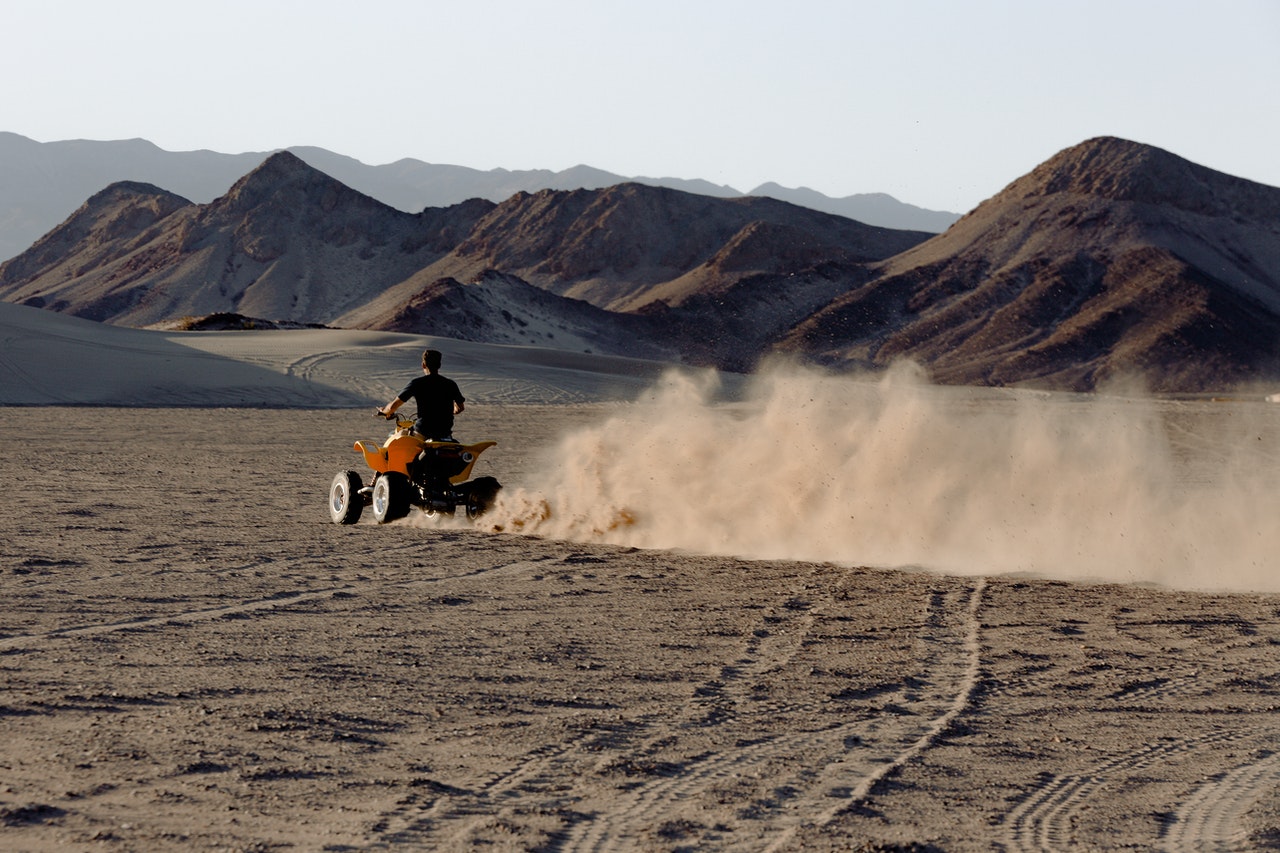Whether it’s to ski at Whistler and Blackcomb, fish for salmon and halibut or golf among panoramic mountain vistas, British Columbia is among the world’s most popular destinations for active vacationers, regardless of the season.
Among the more popular pursuits in non-winter months is back country exploration on an all-terrain vehicle (ATV). While designs and specifications vary, ATVs sport low-pressure tires and handlebar steering. As their name suggests, ATVs are designed to be ridden in terrain inaccessible to most other types of motorized vehicles.
The ATV traces its lineage to six-wheeled amphibious vehicles such as the Canadian-born Jiger and the American Amphicat, which were first commercially produced in the 1960s. However, most ATV enthusiasts consider the Honda AT (All Terrain) 90, which first appeared in the 1970s, to be the first “true” ATV. Despite its popularity, however, the number of injuries and deaths attributed to the instability of the AT90’s three wheel “trike” design resulted in its giving way to today’s more stable four wheel (or “quad”) configuration.
While this was a significant design improvement, it has not eliminated the hazards associated with ATV riding. ATV accidents cause nearly 10% of all outdoor sports-related injuries in Canada each year, trailing only to cycling and skiing/snowboarding. 10-19 year-olds account for the largest share of these injuries. According to the BC Injury Research and Prevention Unit, in 2010 the total cost of accidents involving an ATV or its cold-weather relative the snow machine was C$50 million. ATV accident hospitalizations for all ages rose by 57% between 1996 and 2004, with more than a third involving individuals 19 years old or younger.
According to the Canadian Paediatric Society (CPS), the principal causes of ATV injuries among youthful riders are these riders’ undeveloped strength and motor skills, riding with a passenger on an ATV designed for a single rider (which destabilizes the vehicle) and a widespread disdain for protective equipment, especially helmets.
Despite industry and public efforts to promote safe behaviours and warn of the risks, the rate of ATV-related injuries and fatalities among youth continue to rise. The CPS has therefore adopted the following recommendations for reducing ATV injuries in both youth and adults:
- Children younger than 16 years of age should not operate an ATV under any circumstances. There is a lack of evidence that smaller “youth” model ATVs are substantially safer than their full-size counterparts
- Operators age 16 and over should always wear an approved helmet, suitable eye protection, and protective clothing and footwear
- Operators of ATVs designed for solo riders should never carry passengers
- As with any other vehicle, individuals should never operate an ATV while impaired by alcohol or drugs
- Operators should complete an approved safety course that covers both theoretical and practical aspects of safe riding and includes a mandatory course-end test. The effectiveness of each such course should then be evaluated by tracking the rate of accidents among those who successfully complete it.
Trusted Help After an ATV Accident
If you or a family member hurt in an ATV accident, call Diamond and Diamond. Our team of lawyers have vast experience handling personal injury as a result of ATV accidents. Call our 24/7 injury hotline at 1-800-567-HURT or visit our website to speak to someone now. We offer free consultations and case evaluations.
FAQ's
What injuries can result from ATV accidents?
ATV accidents can result in a wide variety of different injuries. Anything from skin abrasions to severe paralysis and brain trauma may result.
Are teenagers allowed to drive ATVs?
Anyone that’s at least 16 years old can legally drive an ATV.
What are common causes of ATV accidents?
Some common causes of ATV accidents include driving on paved surfaces, unsupervised juvenile drivers, and carrying additional passengers on a single-person ATV.
